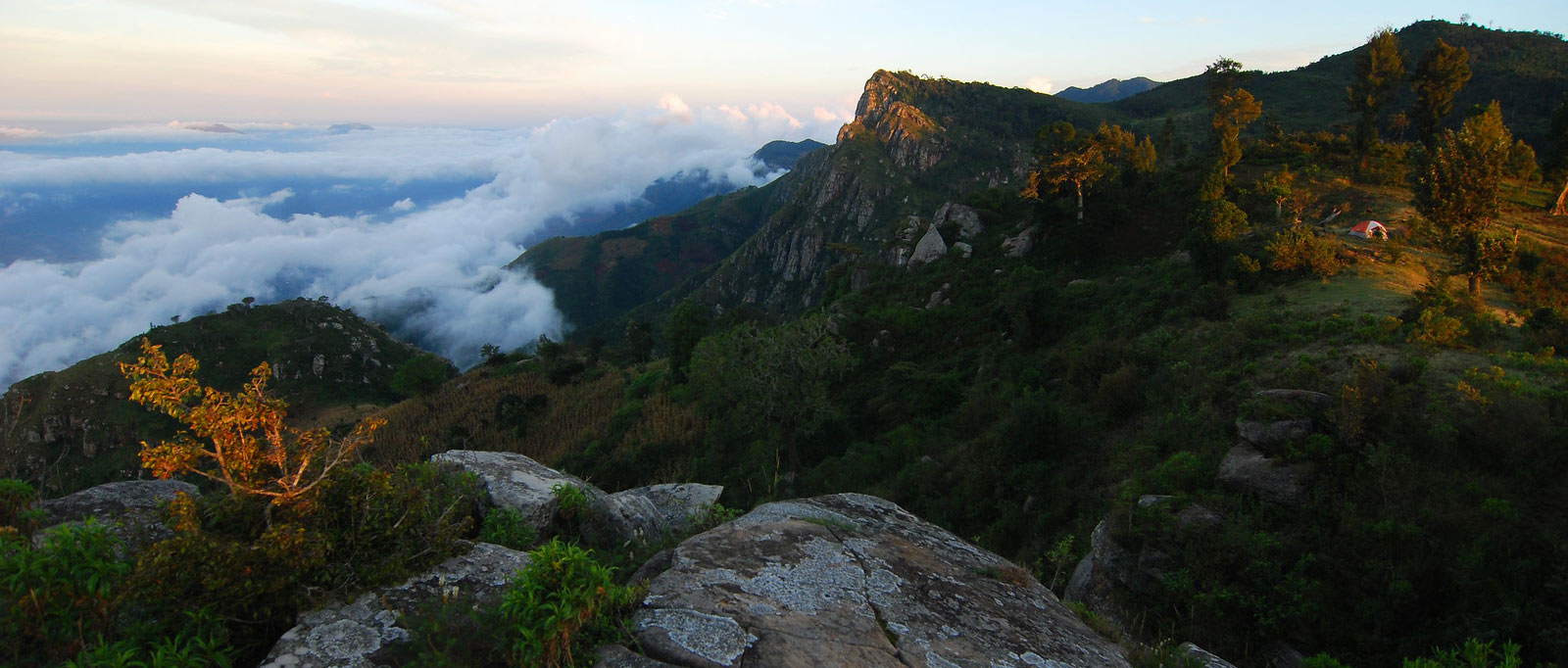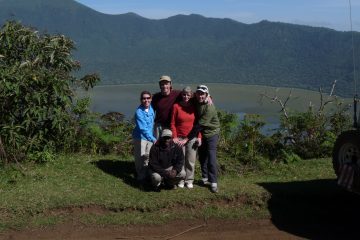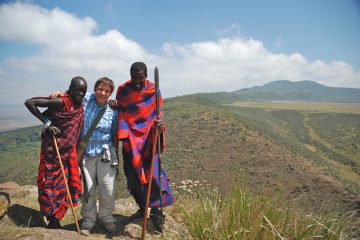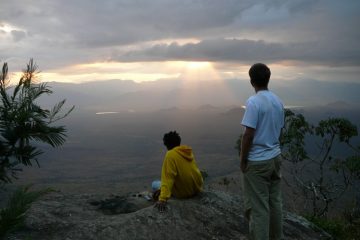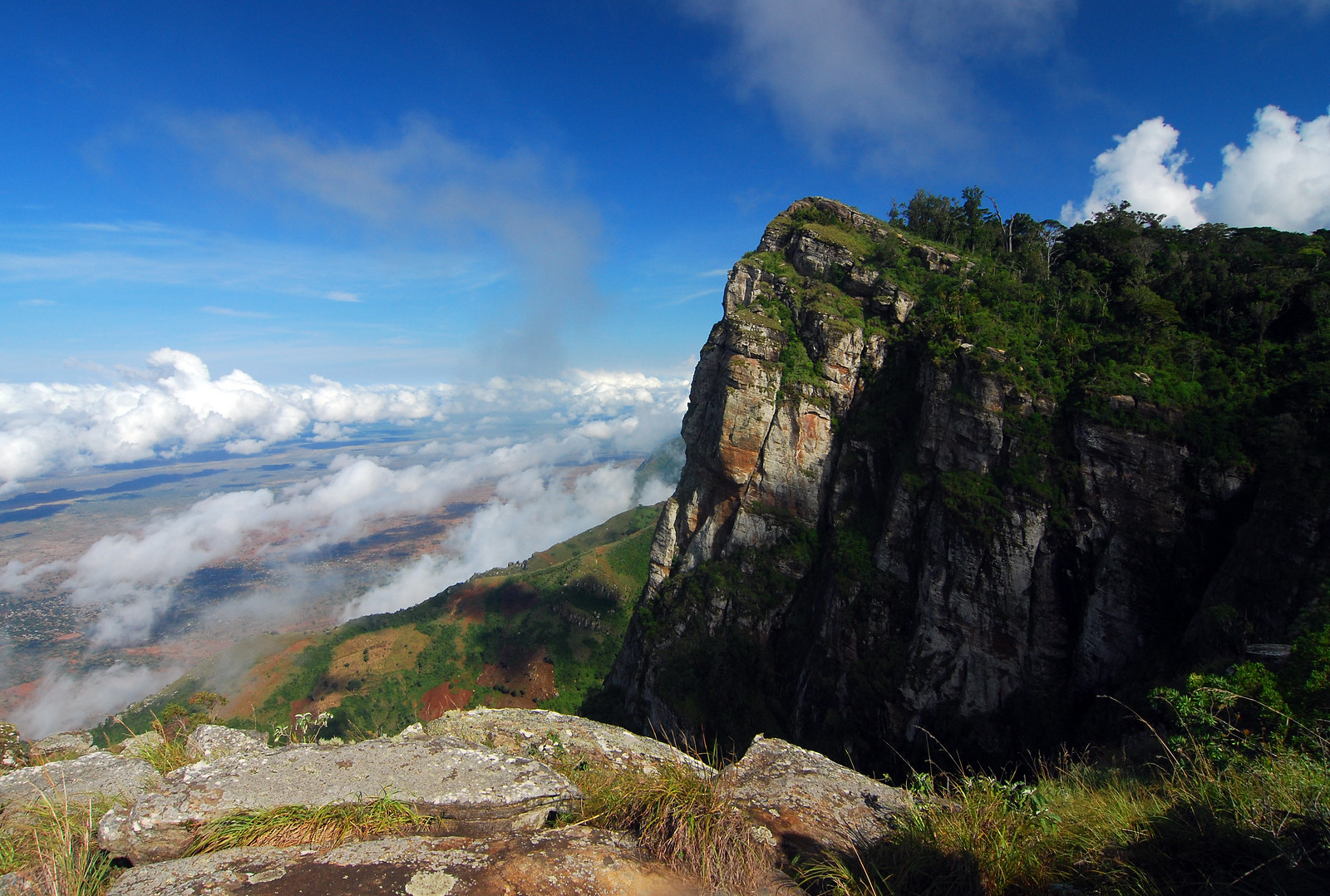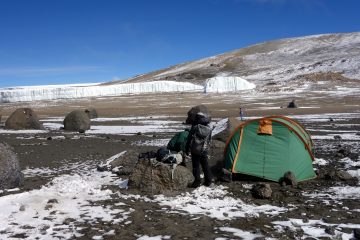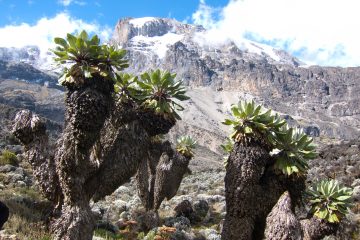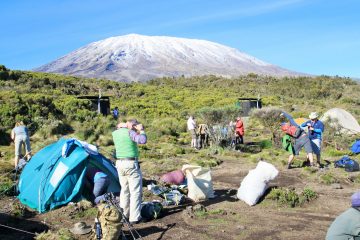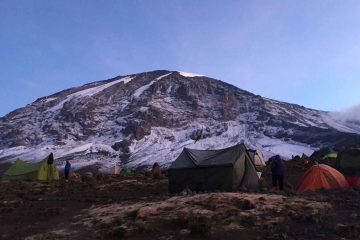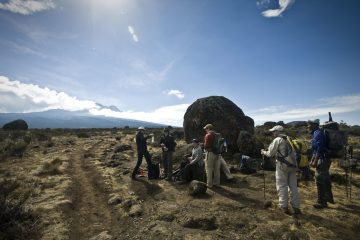The Pare Mountains, located north of the Usambara Mountains in northeastern Tanzania, are a mountain range. The mountains are part of the Kilimanjaro Region administratively. The North and South Pare mountain ranges, which climb to 2,463 meters at Shengena Peak, are separated by a valley. They are part of the mountain range known as the Eastern Arc. The Pare are a group of people that dwell in the region.
The hidden gems of the Pare Mountains, which are part of the Eastern Arc range in north-eastern Tanzania, is immensely rewarding for keen trekkers looking for off-the-beaten-path trekking tracks. A hike through the Pare Mountains takes visitors through local villages and beautiful forests, as well as provides an opportunity to explore a less-visited part of the country. Home to the Pare tribe, agriculturalists, and pastoralists who have largely retained their traditional way of life, a hike through the Pare Mountains takes visitors through local villages and beautiful forests, as well as providing an opportunity to explore a less-visited part of the country.
The Pare Mountains are part of the Eastern Arc Mountains, an isolated series of ancient massifs stretching from the Taita Hills in southeastern Kenya to Tanzania, where it comprises the Pare Mountains, East, and West Usambara, and the Ulugurus near Morogoro, as well as the Udzungwa Mountains.
The Eastern Arc area’s steep crystalline ridges and summits are significantly older and geologically distinct from Mount Kilimanjaro and Mount Meru. The existing ranges began to develop 100 million years ago and reached their current form 25 million years ago, at the commencement of the Miocene Epoch.
The southern Pare Mountains are about 150 kilometers south of Moshi in the Kilimanjaro Region. The mountains appear bleak and lonely from the plains below, but as you begin climbing the slopes, you will be treated to one of Africa’s most unique landscapes. Small green river basins sit between gigantic lonely cliffs, where farmers have created beautiful stone terraces.

